
Find Help
More Items From Ergsy search
-

What are the benefits of regular mammograms?
Relevance: 100%
-

Mammograms
Relevance: 62%
-

What is a mammogram?
Relevance: 58%
-
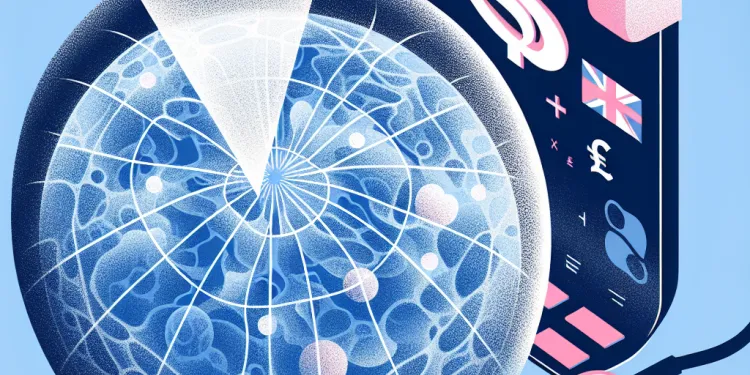
What is a mammogram?
Relevance: 57%
-
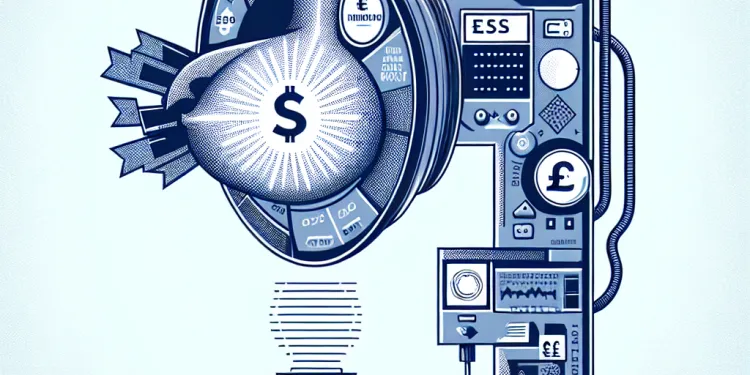
How reliable are mammograms?
Relevance: 55%
-
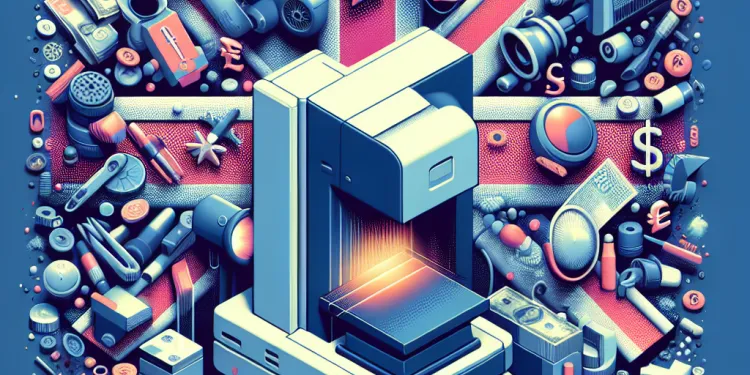
Is a mammogram painful?
Relevance: 54%
-
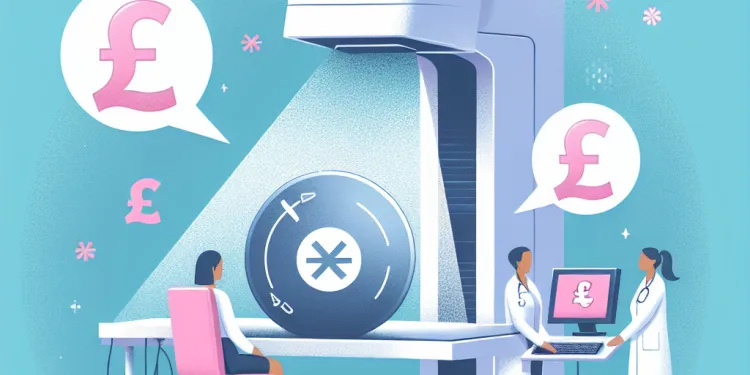
Are there any risks associated with mammograms?
Relevance: 53%
-
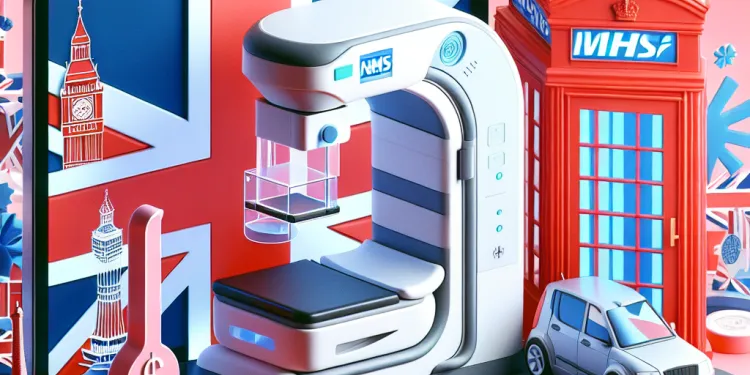
Are mammograms free on the NHS?
Relevance: 53%
-
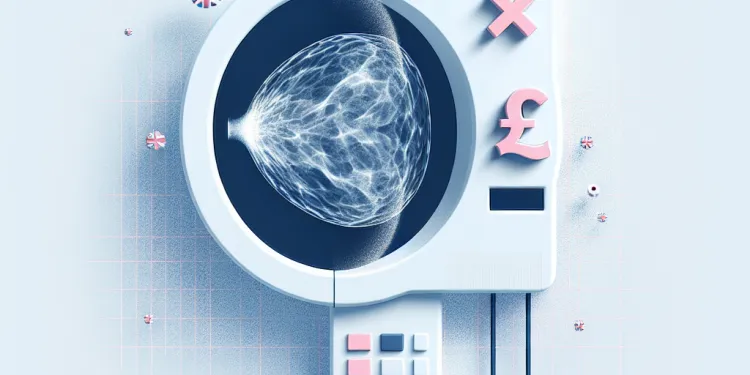
What happens during a mammogram?
Relevance: 53%
-

How often should I get a mammogram?
Relevance: 52%
-
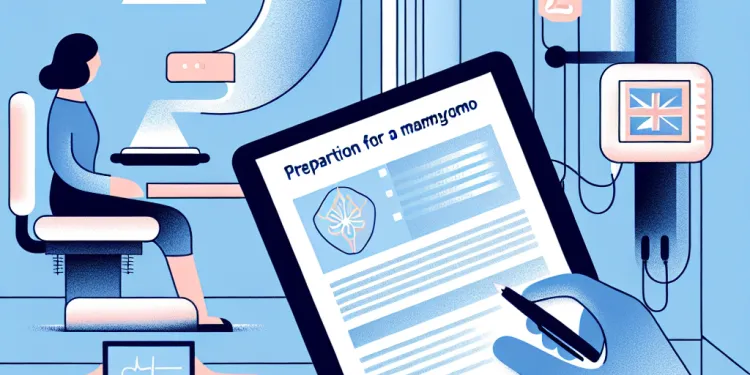
How do I prepare for a mammogram?
Relevance: 51%
-
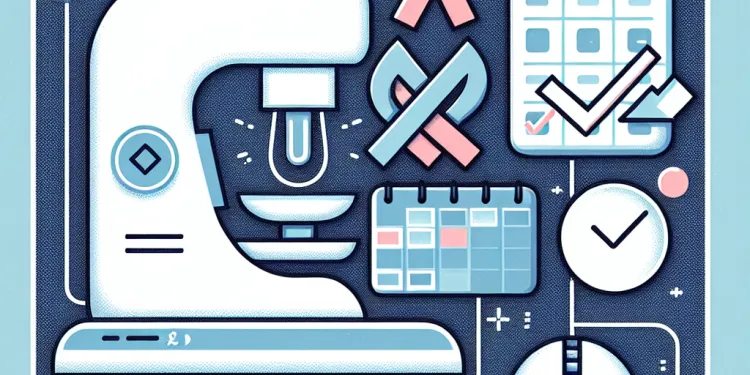
How do I book a mammogram?
Relevance: 50%
-

Can men have mammograms?
Relevance: 50%
-

What if my mammogram results are abnormal?
Relevance: 49%
-
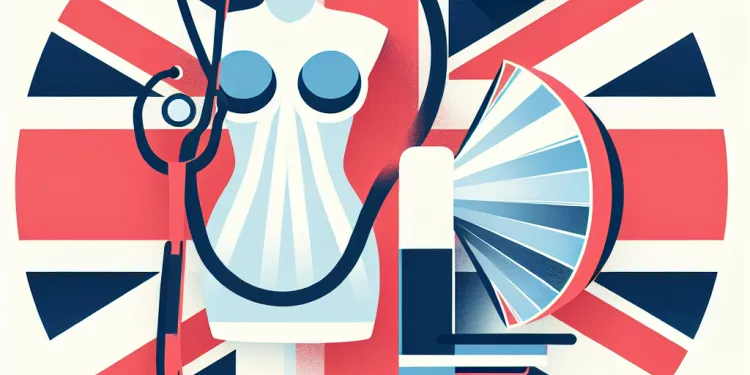
Can I have a mammogram if I have breast implants?
Relevance: 49%
-
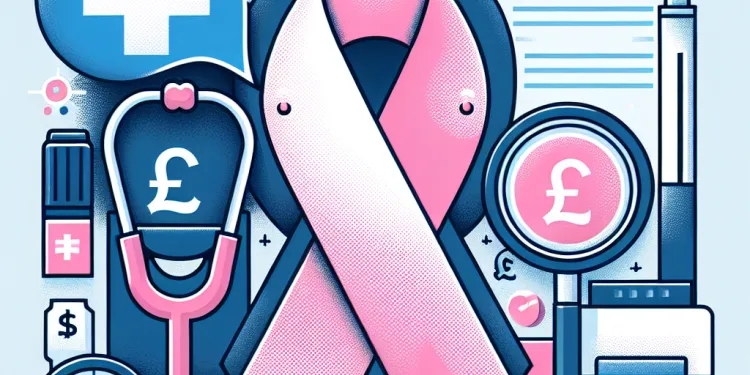
At what age should I start having mammograms?
Relevance: 47%
-

Should I change my passwords regularly?
Relevance: 32%
-

How can I stay motivated to walk to work regularly?
Relevance: 29%
-

The Benefits of Family Activities
Relevance: 27%
-

Are there risks associated with taking aspirin regularly?
Relevance: 27%
-

NHS breast cancer screening
Relevance: 26%
-

Why is regular health monitoring important for drivers over 70?
Relevance: 26%
-
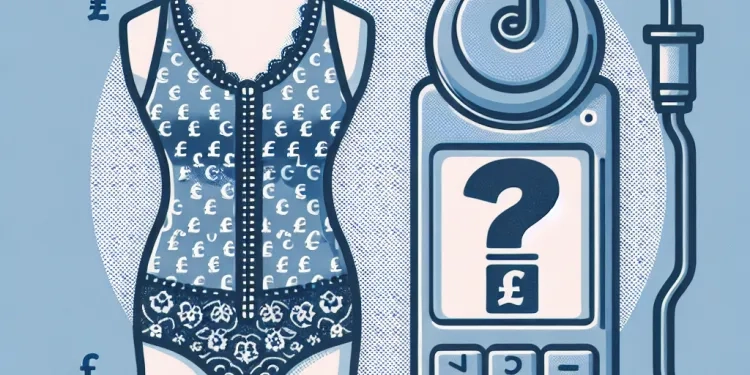
Can you wear regular clothing with a stoma bag?
Relevance: 26%
-

How does regular caffeine consumption impact tolerance and blood pressure?
Relevance: 26%
-

Tower Hamlets breast screening programme
Relevance: 25%
-

How does CFS differ from regular fatigue?
Relevance: 25%
-

Are firefighter pension benefits taxable?
Relevance: 25%
-

How does exercise benefit pregnancy?
Relevance: 24%
-

What happens to the pension benefits upon the death of a firefighter?
Relevance: 24%
-
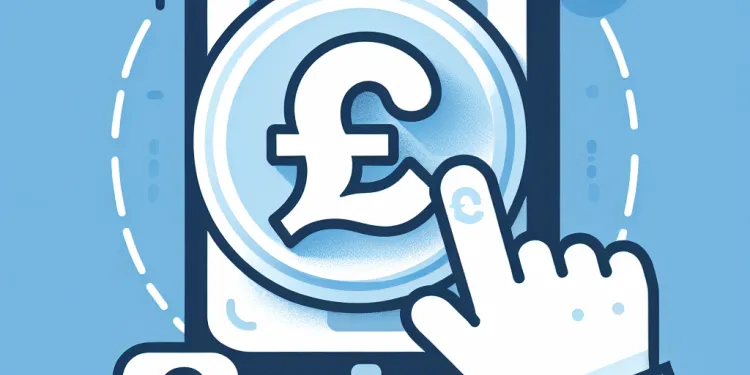
Will the £500 cost of living payment affect my benefits?
Relevance: 24%
-

Do gig workers have access to unemployment benefits?
Relevance: 23%
-

Is it possible to buy additional pension benefits as a firefighter?
Relevance: 23%
-

Can I nominate a beneficiary for my firefighter pension benefits?
Relevance: 23%
-
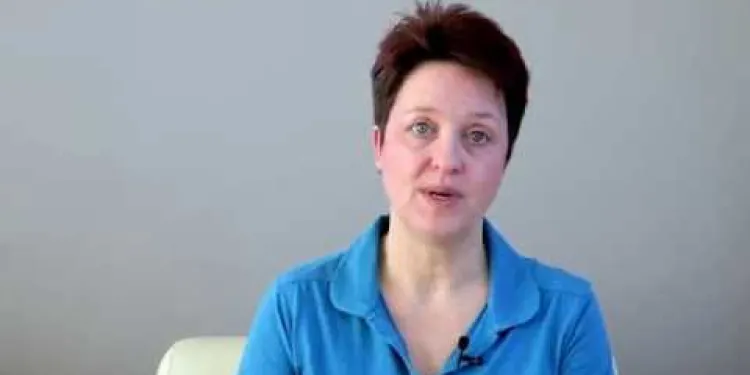
Other Things You Need to Know About Breast Screening
Relevance: 23%
-

What is a defined benefit pension scheme?
Relevance: 23%
-

What are the potential benefits of CBD?
Relevance: 22%
-

Do mosquito screens provide insulation benefits?
Relevance: 22%
-

New Government Benefits for Low-Income Families
Relevance: 22%
-

Do gig workers qualify for retirement benefits?
Relevance: 22%
-
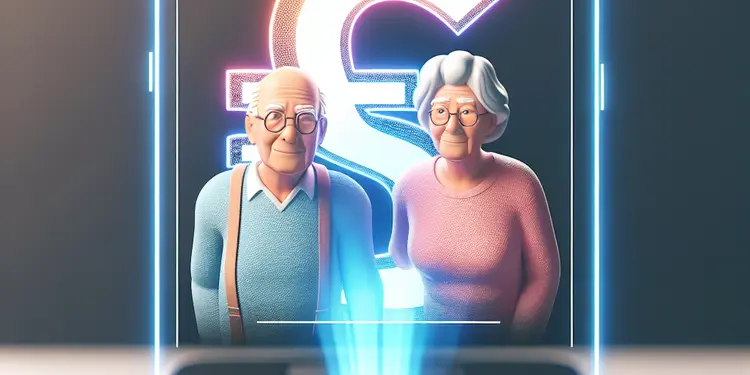
Do seniors receive any tax benefits?
Relevance: 22%
Introduction to Mammograms
Mammograms are X-ray examinations of the breast, used to detect and diagnose breast anomalies. For women, particularly those over the age of 50, regular mammograms are a crucial part of maintaining breast health. In the UK, the NHS Breast Screening Programme offers mammograms as a routine check every three years for women aged 50 to 70, though women outside this age range may also benefit from screening.
Early Detection of Breast Cancer
One of the primary benefits of regular mammograms is the early detection of breast cancer. Mammograms can identify changes in breast tissue up to two years before they can be felt by a patient or a doctor. Early detection significantly increases the chances of successful treatment, often allowing less aggressive treatments to be used.
Increased Survival Rates
Detecting breast cancer at an early stage through regular mammograms has been shown to significantly improve survival rates. The earlier the cancer is detected, the better the likelihood of being able to treat it effectively before it spreads. This early intervention is a crucial factor in reducing breast cancer mortality rates, contributing to the positive outcomes associated with routine mammography.
Peace of Mind
For many women, the reassurance provided by regular mammogram screenings can greatly reduce anxiety. Knowing that you are participating in a proactive approach to your health can provide peace of mind. While a mammogram might be briefly uncomfortable, the knowledge gained is invaluable in ensuring health and wellbeing.
Identifying Other Breast Conditions
Mammograms not only detect cancer but can also identify other breast conditions such as calcifications and cysts. While these may not require the same urgent attention as cancer, their identification allows women to monitor changes over time and take any necessary action if they develop into more serious conditions.
Improving Public Health
Regular mammograms contribute to overall public health improvements by reducing the incidence and severity of breast cancer. They help track and provide data for cancer research and improve screening technologies and methodologies. This ongoing research and development effort benefits current and future generations and leads to a deeper understanding of breast health.
Conclusion
Overall, regular mammograms provide immense benefits in the early detection and treatment of breast cancer and other breast conditions. By participating in regular screenings, women significantly increase their chances of maintaining breast health, ultimately improving survival rates and quality of life. The NHS Breast Screening Programme is a valuable resource offering accessible and life-saving screenings to women in the UK.
Introduction to Mammograms
Mammograms are special pictures of the breast taken with X-rays. They help find problems in the breast. It is important for women, especially those over 50, to have regular mammograms. In the UK, the NHS offers a mammogram every three years for women aged 50 to 70. Women who are younger or older can also benefit from mammograms.
Early Detection of Breast Cancer
Getting mammograms regularly can help find breast cancer early. Mammograms can show changes in the breast up to two years before anyone can feel them. If cancer is found early, it is easier to treat and might need less strong treatments.
Increased Survival Rates
Finding breast cancer early with mammograms can help more people survive. If cancer is found sooner, it is easier to treat before it spreads. This early finding is very important for saving lives and helping people get better from breast cancer.
Peace of Mind
Regular mammograms can help women feel less worried. Knowing you are taking care of your health can make you feel better. A mammogram can be a little uncomfortable, but it gives you important information to stay healthy.
Identifying Other Breast Conditions
Mammograms can also find other breast problems like small spots or lumps that are not cancer. Knowing about these can help women watch for any changes and take action if they become more serious.
Improving Public Health
Regular mammograms help make public health better by finding breast cancer early and making treatment easier. They also help researchers learn more about breast cancer and improve how screenings are done. This helps everyone now and in the future to stay healthy.
Conclusion
Regular mammograms are very helpful. They find breast cancer early and help with treatment. By having mammograms regularly, women can stay healthy and live longer. The NHS Breast Screening Programme in the UK offers these important checks to help women stay well and safe.
Frequently Asked Questions
What is a mammogram?
A mammogram is an X-ray image of the breast used to detect early signs of breast cancer.
What are the benefits of regular mammograms?
Regular mammograms can help detect breast cancer early, improving the chances of successful treatment and reducing the risk of death from the disease.
How do mammograms aid in early detection of breast cancer?
Mammograms can identify small tumors that cannot be felt and detect cancer before symptoms appear, allowing for early intervention.
Can mammograms reduce the risk of needing a mastectomy?
Yes, detecting cancer early through mammograms can allow for less invasive surgery and reduce the likelihood of requiring a mastectomy.
Are there age recommendations for when to start regular mammograms?
Most guidelines suggest women begin regular mammograms at age 40 to 50, depending on their risk factors and physician's recommendations.
How often should women get mammograms?
For average-risk women, it's typically recommended to have a mammogram every 1 to 2 years after the age of 40.
Can mammograms detect all types of breast cancer?
While mammograms are a crucial tool in detecting many types of breast cancer, they might not find all cancers, especially in women with dense breast tissue.
What is the impact of early detection on breast cancer survival rates?
Early detection greatly increases the chances of successful treatment, leading to higher survival rates and better quality of life.
How do mammograms help in reducing the severity of treatment for breast cancer?
When cancer is detected early, less aggressive treatments may be needed, which can reduce side effects and improve recovery times.
Do regular mammograms reduce breast cancer mortality?
Yes, regular mammograms have been shown to significantly reduce deaths from breast cancer by enabling early detection and treatment.
What role do mammograms play in breast health awareness?
Regular mammograms increase awareness about breast health and can encourage women to engage in regular self-exams and other preventive measures.
Are mammograms painful?
Some women may experience discomfort during the procedure, but it is generally quick and the benefits of early detection outweigh temporary discomfort.
Is there any risk of radiation exposure from mammograms?
Mammograms involve a low dose of radiation, but the health benefits of early cancer detection far outweigh the risks.
Can regular mammograms detect other breast irregularities?
Yes, mammograms can also help detect benign breast conditions, such as cysts, calcifications, and fibrocystic changes.
Do women with no family history of breast cancer need regular mammograms?
Yes, even women without a family history of breast cancer should have regular mammograms, as most breast cancer cases occur in women with no family history.
What should women do if they have dense breast tissue?
Women with dense breast tissue should discuss additional imaging tests, like ultrasound or MRI, with their doctors to supplement mammograms.
Are there specific symptoms women should watch for between mammograms?
Women should watch for changes such as new lumps, nipple discharge, or skin changes and report them to a healthcare provider.
How can women prepare for a mammogram?
Women are advised not to wear deodorant or lotion on the day of the exam, as these can interfere with images.
What are the potential drawbacks or limitations of mammograms?
Mammograms might miss some cancers, especially in dense breasts, and can sometimes lead to false positives requiring further testing.
What is the role of 3D mammography in breast cancer screening?
3D mammography, or tomosynthesis, can provide more detailed images and improve cancer detection rates, especially in women with dense breasts.
What is a mammogram?
A mammogram is a picture of your breast.
Doctors use it to check if your breasts are healthy.
Ask a grown-up to help you learn more if you have questions.
A mammogram is a special picture of the inside of your breast. It uses X-ray to help doctors find early signs of breast cancer.
Why are regular breast checks important?
Regular breast checks help find problems early. This is important because it allows for early treatment. You can feel healthier and catch serious issues, like cancer, early. Tell your doctor if you notice any changes in your breasts.
Tools that might help you:
- Ask a family member or friend to go with you for support.
- Use reminders on your phone or calendar for appointments.
- Talk to your doctor if you have questions.
Getting mammograms often can help find breast cancer early. This makes it more likely that treatment will work and lessens the chance of dying from the disease.
How do mammograms help find breast cancer early?
Mammograms are special pictures of the breast. They help doctors see if everything looks okay inside the breast.
Finding breast cancer early is important. It means there are more ways to make you feel better and get healthy again.
When you get a mammogram, try to stay calm. You can take deep breaths to help relax.
If you don't understand something, ask questions. It's okay to ask the doctor or nurse to explain things clearly.
You can bring someone with you to help and support you. They can remind you what the doctor says.
Mammograms are special pictures of the inside of your body. They can find tiny lumps that you can't feel. They help doctors find cancer before you feel sick, so you can get help early.
Can checking for breast cancer early help avoid breast removal?
Mammograms are special pictures of the breasts. They help doctors find breast cancer early. Finding cancer early can help doctors treat it better. This might mean you might not need breast removal surgery (mastectomy).
To make reading easier, you can:
- Use a ruler or your finger to guide your reading.
- Ask someone to read with you.
- Watch videos that explain more about mammograms.
Finding cancer early with a special picture called a mammogram can help. It means the doctor might do a smaller surgery. This can make it less likely that someone needs to have their breast removed.
When should I start getting regular breast check-ups?
Talk to your doctor about when to start regular breast check-ups. Usually, women start getting them around 50 years old. But some women might need them earlier. Your doctor can help you decide when is best for you.
Here are some helpful tips:
- Ask questions if you do not understand.
- Take someone with you to the doctor for support.
- Write down things you want to remember.
Use a calendar to help you remember your check-up dates.
Most rules say women should start having regular breast checks called mammograms between the ages of 40 and 50. This depends on their health risks and what their doctor says.
How often should women get breast check-ups?
Women should have breast check-ups every 1 to 2 years. It's good to talk to a doctor about when to start. A doctor can help decide the best time.
Using a calendar or phone reminder can help remember when to have the next check-up.
If you’re an average-risk woman, it’s usually good to get a breast check (called a mammogram) every 1 to 2 years once you turn 40.
Do mammograms find all breast cancers?
Mammograms help doctors find breast cancer. But sometimes they might miss it, especially in women with thick breast tissue.
How does finding breast cancer early help people live longer?
Finding illnesses early can help doctors treat them better. This makes it more likely for people to get better and live a happier life.
How do breast check-ups help make breast cancer treatment easier?
Breast check-ups, called mammograms, help find breast cancer early.
When doctors find cancer early, treatment can be simpler and less hard on the body.
It's important to have regular mammograms. They can help to keep you healthy by catching problems early.
Ask your doctor about getting a mammogram. They can tell you how it works and why it's good for you.
If doctors find cancer early, the medicine might not be as strong. This can mean fewer bad side effects and quicker healing.
Do Regular Breast Check-Ups Save Lives?
Yes, getting regular mammograms can help save lives. They find breast cancer early, so doctors can treat it sooner. This can help stop people from dying from breast cancer.
Using tools like large-print books or asking someone to read with you can help make reading easier.
How do mammograms help us know about breast health?
Mammograms are special pictures of the inside of the breast. They help doctors find problems early.
Here’s how mammograms help:
- They show if there are any changes in the breast.
- They can find lumps or other signs that might need more checks.
- They help keep the breasts healthy by spotting problems early.
Tips to help understand more:
- Ask a doctor to explain mammograms in simple words.
- Use pictures or videos to learn how mammograms work.
- Bring a friend or family member for support when going for a mammogram.
Getting check-ups for your breasts called mammograms can help you learn about staying healthy. They can also remind women to check their breasts themselves and do other things to stay healthy.
Do mammograms hurt?
Mammograms are tests for your breasts. Some people say they feel a little uncomfortable, but they do not usually hurt.
If you feel scared about the test, you can talk to the person doing it. They can help you feel better.
If you have a hard time reading, a friend, family member, or a special helper can read with you. They can help explain things.
Some women might feel a little pain when the test is happening, but it doesn't take long. Finding problems early is more important than feeling uncomfortable for a short time.
Can mammograms be dangerous because of radiation?
Mammograms use a small amount of radiation to take pictures of the inside of your body. The radiation level is very low, so it is safe for most people.
If you are worried about radiation, talk to your doctor. They can explain the benefits and risks to you.
To help understand more, you can use pictures, videos, or talk to someone who knows a lot about mammograms.
Mammograms use a little bit of radiation, but finding cancer early is much more important than the small risk from the radiation.
Can regular breast checks find other problems?
Regular breast checks can help find breast cancer early. They look for changes in the breast.
These checks might also see other breast problems, like lumps or different shapes.
If you notice something unusual, tell a doctor. They can help check what it is.
Tip: Use pictures to learn more about what happens in a breast check.
Mammograms are pictures of the inside of your breasts. They help doctors find lumps and changes.
Mammograms can also find things that are not cancer. These include:
- Cysts: These are small, fluid-filled sacs.
- Calcifications: These are tiny spots of calcium.
- Fibrocystic changes: These are changes that can make breasts feel lumpy.
If you find it hard to read, you can try some tools to help. Audiobooks or text-to-speech apps can read text out loud. You can also ask someone to explain it to you.
Do women with no family history of breast cancer need regular mammograms?
Mammograms are special pictures of the breasts that help find cancer early.
Women without family members who had breast cancer might still need these pictures.
It's a good idea to talk to a doctor about when to start having mammograms.
Writing notes or using pictures can help you talk to your doctor.
Yes, women should still have regular breast checks called mammograms, even if no one in their family has had breast cancer. Most women who get breast cancer did not have it in their family before.
What can women do if they have dense breast tissue?
Some women's breasts are dense. Dense breasts have less fat and more tissue. This can make it hard to see cancer in a mammogram.
If a woman has dense breasts, she can talk to her doctor. The doctor might suggest other tests to check for cancer.
Here are some things that might help:
- Talk to the doctor: Ask questions and say any worries you have.
- Get more tests: The doctor may suggest tests like ultrasound or MRI.
- Learn more: Ask the doctor for easy information on dense breasts.
Remember, it is important to ask for help if you need it.
If a woman has dense breasts, she should talk to her doctor about using extra tests like an ultrasound or MRI along with a mammogram. These tests can help the doctor see better.
What signs should women look for between their breast checks?
Women should look out for changes in their breasts between regular breast checks.
Here are some things to watch for:
- A new lump or bump.
- Swelling or thickening in part of the breast.
- Changes in size, shape, or color of the breast.
- Any dimpling or pulling in of the skin.
- Nipple changes or discharge (fluid coming out).
- Pain in a new area that doesn’t go away.
If you notice any of these changes, talk to a doctor.
Helpful tools:
- Use a mirror to see if your breasts look different.
- Write down any changes to share with your doctor.
- Use a soft tape measure to check changes in size.
If you are a woman, pay attention to your body. Let a doctor know if you notice:
- Any new lumps or bumps in your breasts
- Nipple discharge (liquid coming from your nipples)
- Changes in your skin
These changes are important to tell your doctor about.
Here are some tools and techniques to help:
- Use a mirror to look at your breasts.
- Feel your breasts to check for lumps.
- Ask a friend or family member to help you if needed.
- Keep a notebook to write down any changes.
It is very important to speak to a doctor if you find anything different.
How can women get ready for a breast check-up (mammogram)?
A mammogram is a special picture of the breasts. It helps doctors check for any problems.
Here's how women can get ready:
- Try not to use deodorant, perfume, or powder under your arms on the day of the mammogram. It can make the picture unclear.
- Wear a top with a skirt or pants. This way, you only take off your top for the test.
- If this is your first mammogram, ask someone to tell you what will happen. It can help to know what to expect.
- Think about asking a friend or family member to come with you. They can help you feel supported.
- If you are worried or have questions, tell the medical staff. They are there to help you feel comfortable.
Tools that can help:
- Someone to talk to before and after the test.
- Books or videos that explain mammograms in simple words.
Women should not wear deodorant or lotion on the day of the test because these can cause problems with the pictures.
What problems can happen with mammograms?
Mammograms are pictures of the inside of your breasts. They help doctors find cancer. But sometimes there can be problems. Here are some things to know:
- False Alarms: Sometimes a mammogram shows something that looks like cancer, but it is not. This can make people worried and they may need more tests.
- Missing Cancer: A mammogram might miss finding cancer. This can happen if the cancer is too small or if the breast tissues make it hard to see.
- Radiation: Mammograms use a small amount of radiation. Too much radiation can be harmful, but it's important to remember that mammograms use a very low amount.
- Discomfort: Some people feel pain or discomfort during a mammogram. It is usually quick, but can be uncomfortable.
It's important to talk to your doctor about these things. They can help you decide if a mammogram is right for you.
You can ask someone you trust to go with you if you feel worried. It might also help to use a calendar or reminder to keep track of your mammogram appointment.
Mammograms are pictures of the inside of breasts. Sometimes, they can miss finding cancer, especially if the breasts are dense (or fuller). Sometimes, they might also show something that looks like cancer, but isn't, which means more tests are needed.
How does 3D mammography help find breast cancer?
3D mammography is a tool doctors use to find breast cancer.
It takes 3D pictures of the breast. This helps doctors see things more clearly.
3D pictures make it easier to find small changes in the breast.
Doctors can find cancer earlier with 3D mammography.
To understand 3D mammograms better, you can:
- Ask your doctor to explain them to you.
- Watch videos that show how they work.
- Look at pictures that compare 3D and regular mammograms.
3D mammography is a kind of X-ray that takes detailed pictures of the breast. It helps doctors find cancer better, especially in women with thick breast tissue.
Useful Links
- Ergsy carfully checks the information in the videos we provide here.
- Videos shown by Youtube after a video has completed, have NOT been reviewed by ERGSY.
- To view, click the arrow in centre of video.
- Most of the videos you find here will have subtitles and/or closed captions available.
- You may need to turn these on, and choose your preferred language.
- Go to the video you'd like to watch.
- If closed captions (CC) are available, settings will be visible on the bottom right of the video player.
- To turn on Captions, click settings .
- To turn off Captions, click settings again.
More Items From Ergsy search
-

What are the benefits of regular mammograms?
Relevance: 100%
-

Mammograms
Relevance: 62%
-

What is a mammogram?
Relevance: 58%
-

What is a mammogram?
Relevance: 57%
-

How reliable are mammograms?
Relevance: 55%
-

Is a mammogram painful?
Relevance: 54%
-

Are there any risks associated with mammograms?
Relevance: 53%
-

Are mammograms free on the NHS?
Relevance: 53%
-

What happens during a mammogram?
Relevance: 53%
-

How often should I get a mammogram?
Relevance: 52%
-

How do I prepare for a mammogram?
Relevance: 51%
-

How do I book a mammogram?
Relevance: 50%
-

Can men have mammograms?
Relevance: 50%
-

What if my mammogram results are abnormal?
Relevance: 49%
-

Can I have a mammogram if I have breast implants?
Relevance: 49%
-

At what age should I start having mammograms?
Relevance: 47%
-

Should I change my passwords regularly?
Relevance: 32%
-

How can I stay motivated to walk to work regularly?
Relevance: 29%
-

The Benefits of Family Activities
Relevance: 27%
-

Are there risks associated with taking aspirin regularly?
Relevance: 27%
-

NHS breast cancer screening
Relevance: 26%
-

Why is regular health monitoring important for drivers over 70?
Relevance: 26%
-

Can you wear regular clothing with a stoma bag?
Relevance: 26%
-

How does regular caffeine consumption impact tolerance and blood pressure?
Relevance: 26%
-

Tower Hamlets breast screening programme
Relevance: 25%
-

How does CFS differ from regular fatigue?
Relevance: 25%
-

Are firefighter pension benefits taxable?
Relevance: 25%
-

How does exercise benefit pregnancy?
Relevance: 24%
-

What happens to the pension benefits upon the death of a firefighter?
Relevance: 24%
-

Will the £500 cost of living payment affect my benefits?
Relevance: 24%
-

Do gig workers have access to unemployment benefits?
Relevance: 23%
-

Is it possible to buy additional pension benefits as a firefighter?
Relevance: 23%
-

Can I nominate a beneficiary for my firefighter pension benefits?
Relevance: 23%
-

Other Things You Need to Know About Breast Screening
Relevance: 23%
-

What is a defined benefit pension scheme?
Relevance: 23%
-

What are the potential benefits of CBD?
Relevance: 22%
-

Do mosquito screens provide insulation benefits?
Relevance: 22%
-

New Government Benefits for Low-Income Families
Relevance: 22%
-

Do gig workers qualify for retirement benefits?
Relevance: 22%
-

Do seniors receive any tax benefits?
Relevance: 22%


